Plaza de Armas
In Inca times, Plaza de Armas was twice the size it is now. The large grassy square in the centre of town is very pedestrian-friendly, with lots of park benches and cobbled roads on which cars look out of place. Colonial buildings, most of them white with wooden balconies, were long ago homes of Spanish settlers and line the square. Today they serve as house shops, restaurants and accommodation. But it’s the reddish-brown 16th Century La Catedral (Cusco Cathedral) and Iglesia de La Compañía de Jesús (the Church of the Society of Jesus) located on two sides of the square which dominate the landscape.
Once the site of the Inca palace, Viracocha, La Catedral is partially built from stone taken from the site of Sacsayhuamán which is situated on a hill overlooking Cusco. Several hours can be spent inside the cathedral which has numerous side chapels. Dark cedar wood, gold and silver are in abundance and symbols of the city’s indigenous history can be seen. Spot the black Jesus and roasted guinea pig on the table in the painting of the Last Supper. Take the audio guide and allow at least an hour there.
Running off Plaza de Armas is the alleyway of Loreto which is lined on both sides with towering Inca walls. The one on the left-hand side, walking away from the square, is the oldest wall in Cusco. More can be seen in Calle Hatunrumiyoc. This cobbled pedestrian street joins onto Calle Triunfo, accessed off Plaza de Armas. Due to Cusco's high-altitude location in the Peruvian Andes, around 3400 metres, its steepness might have visitors puffing a little.





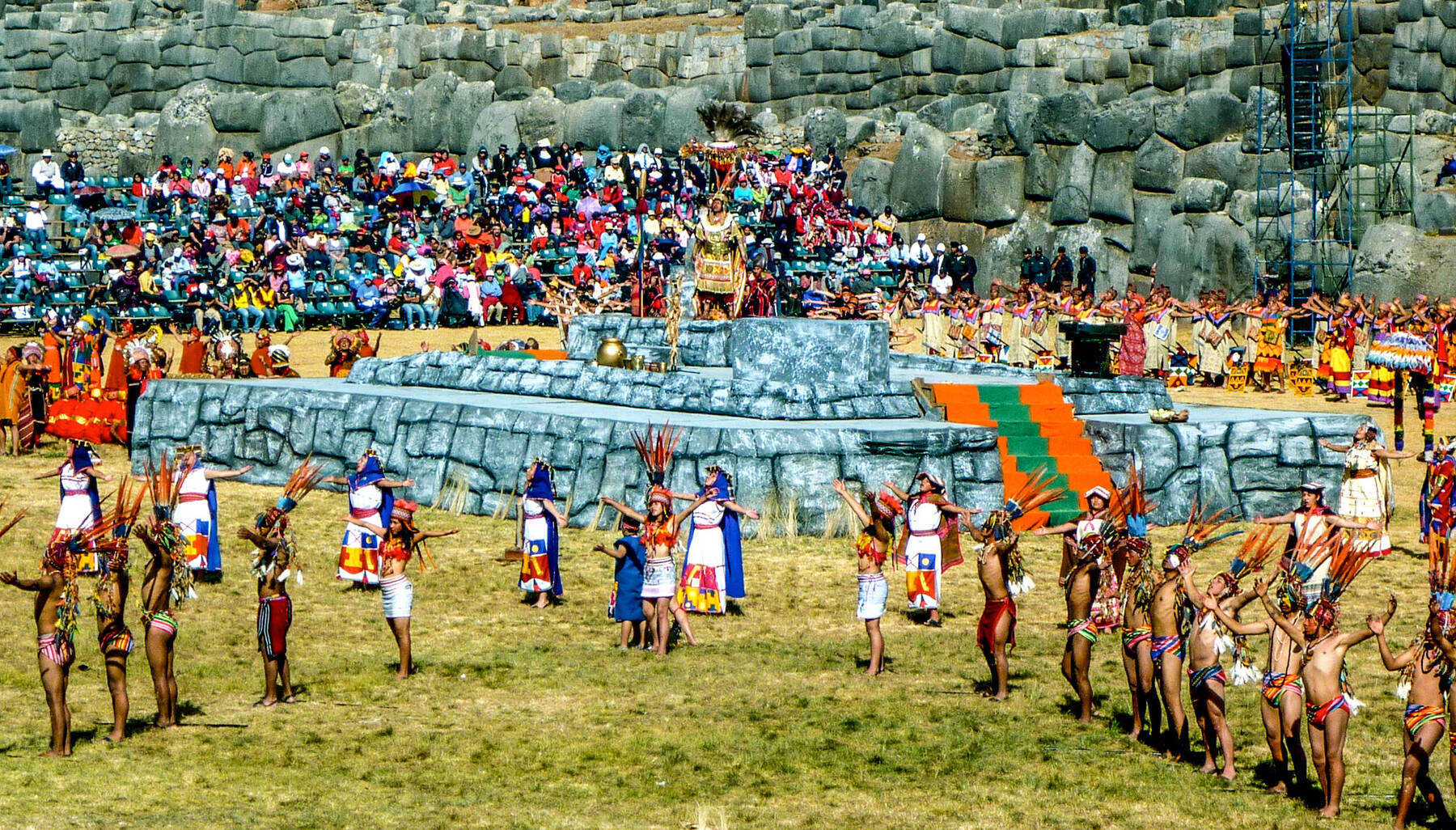
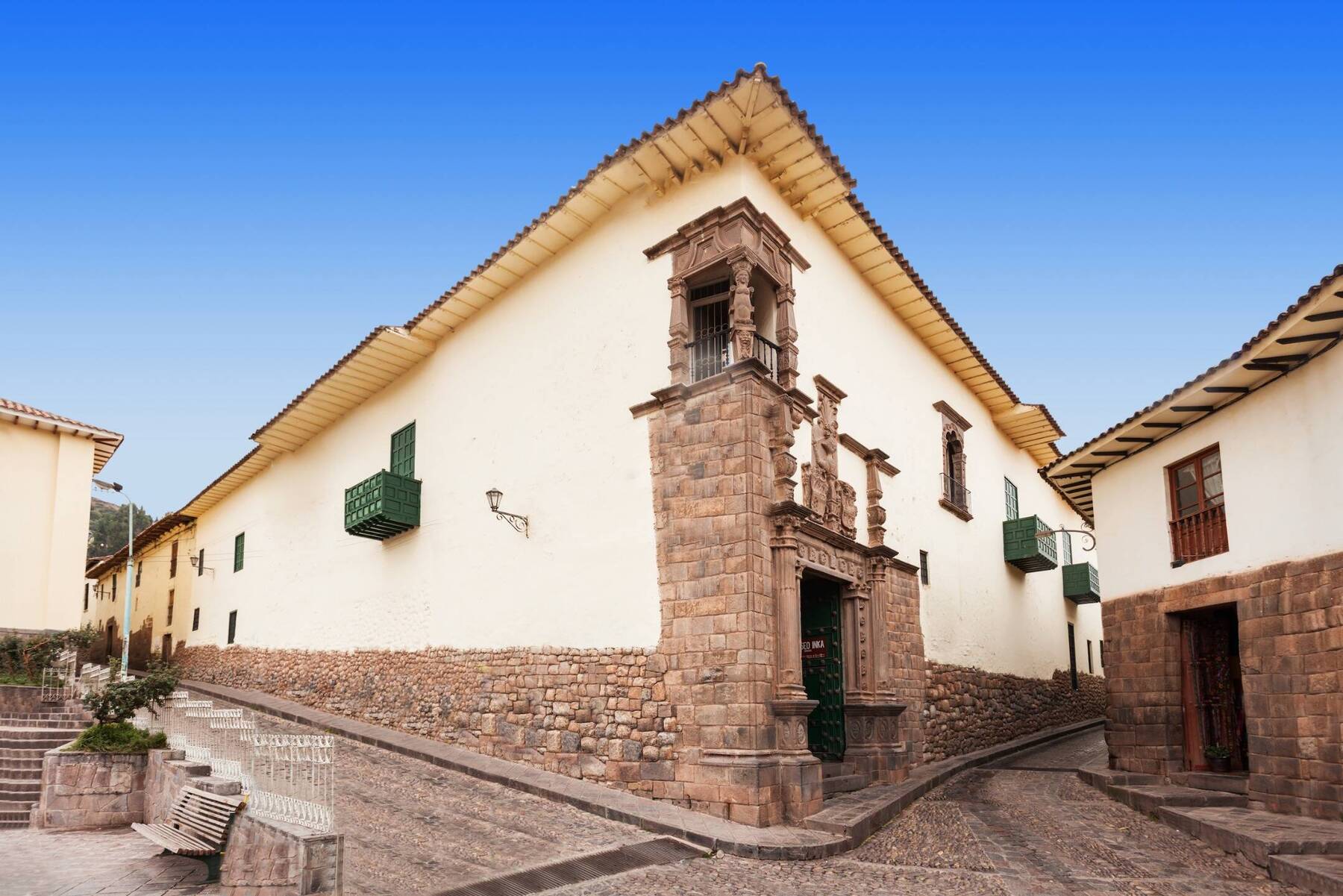
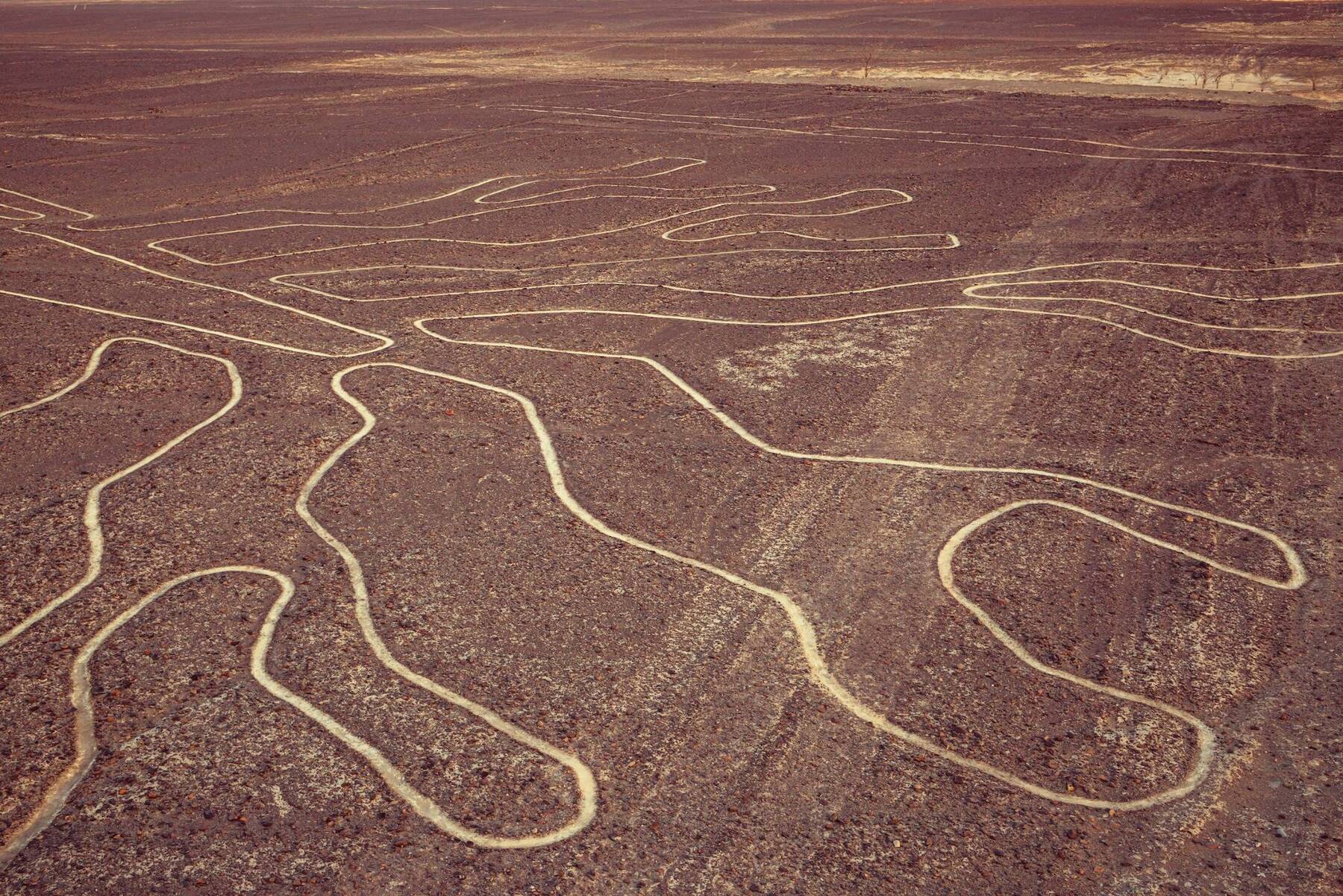
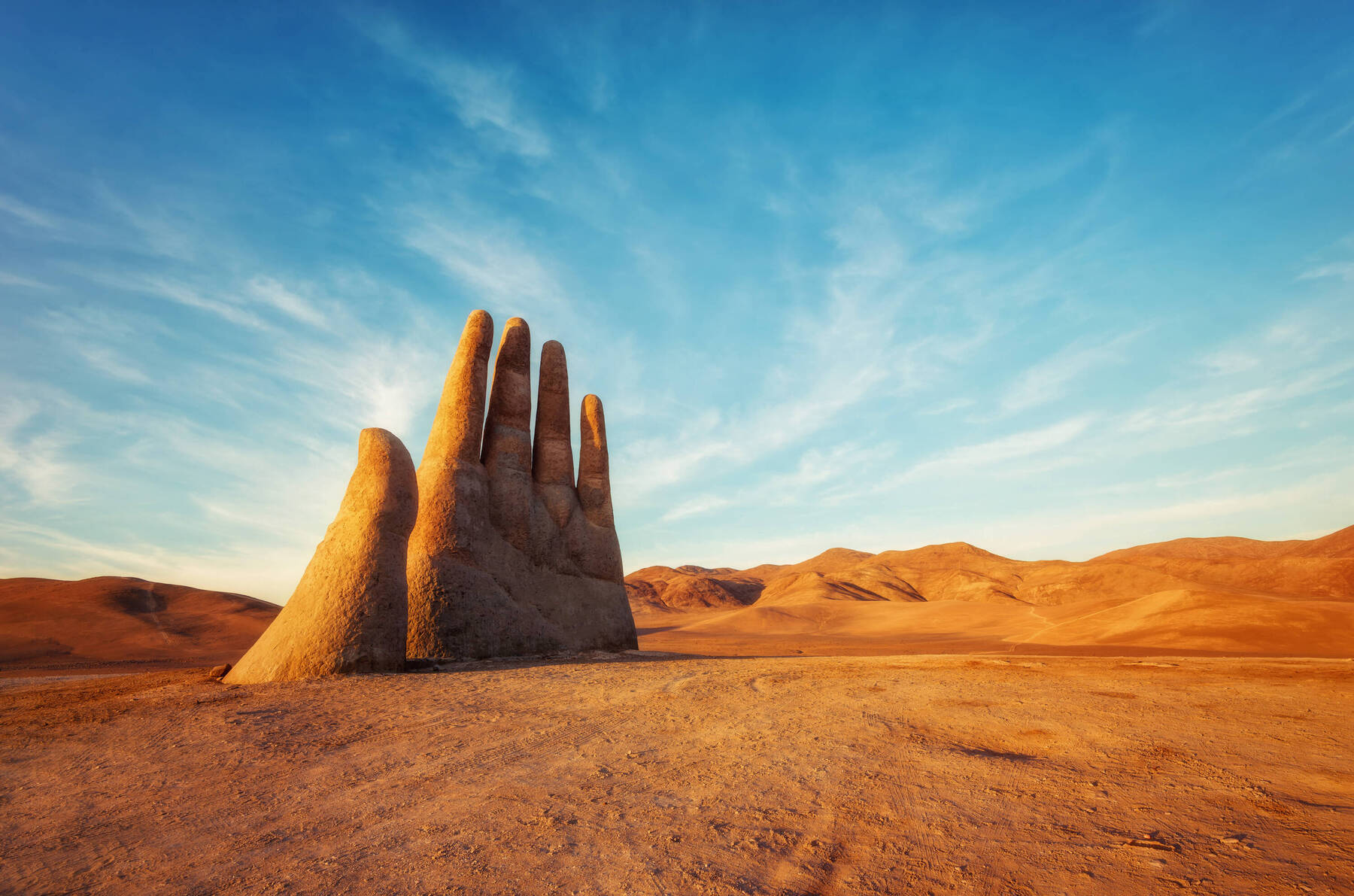
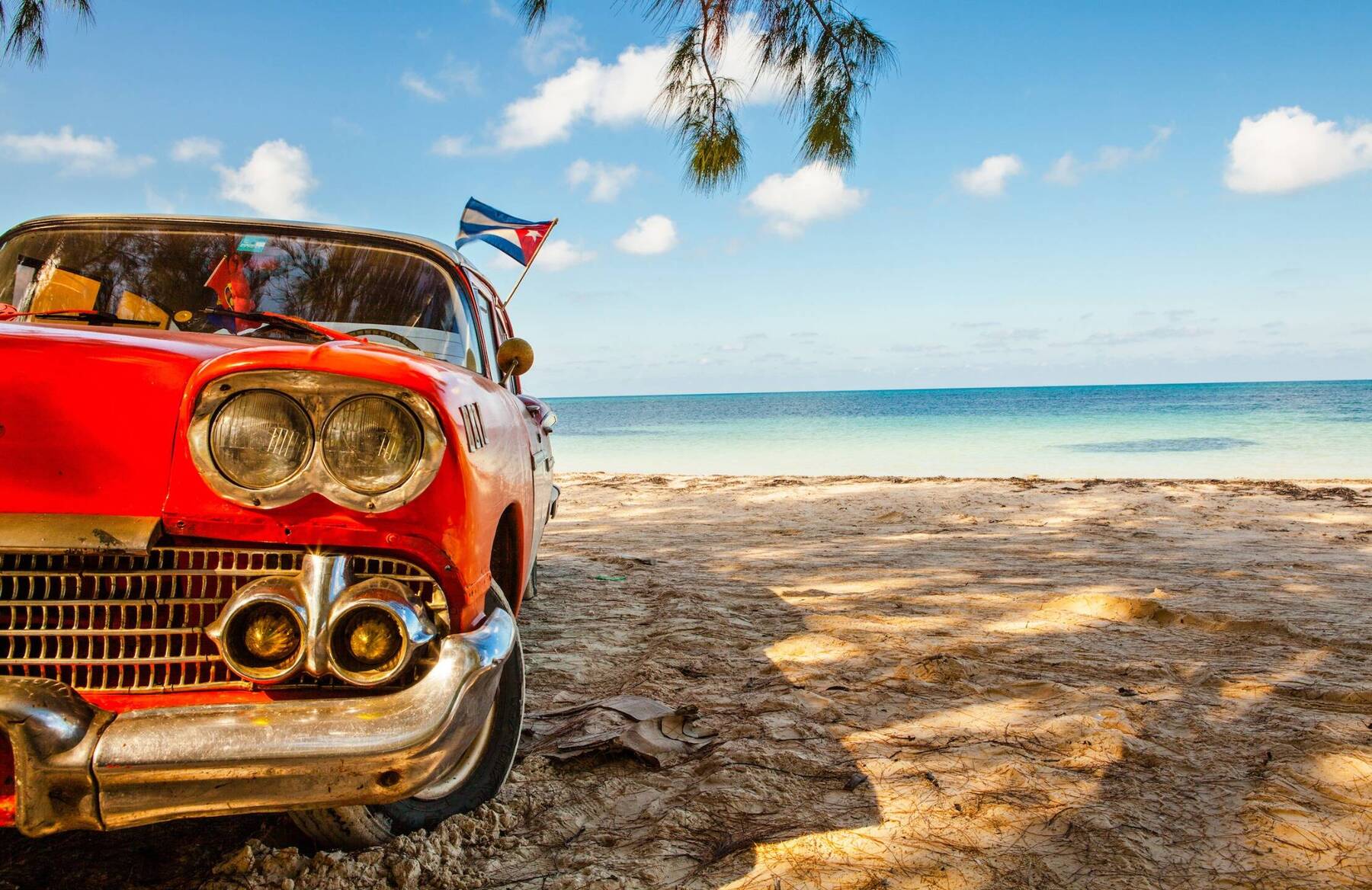




Comments